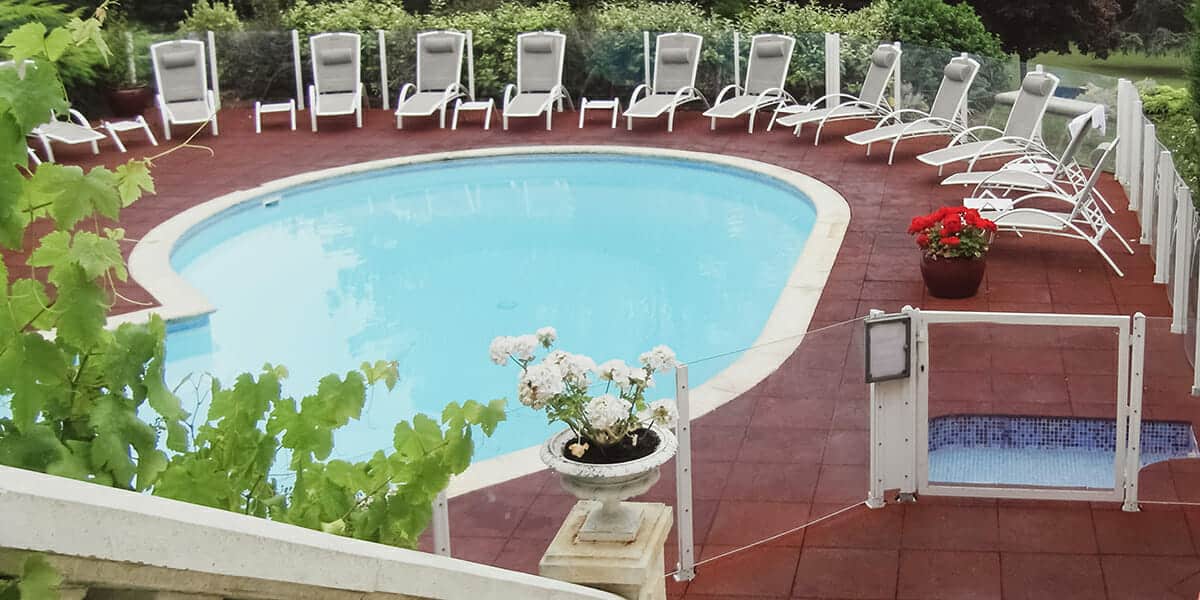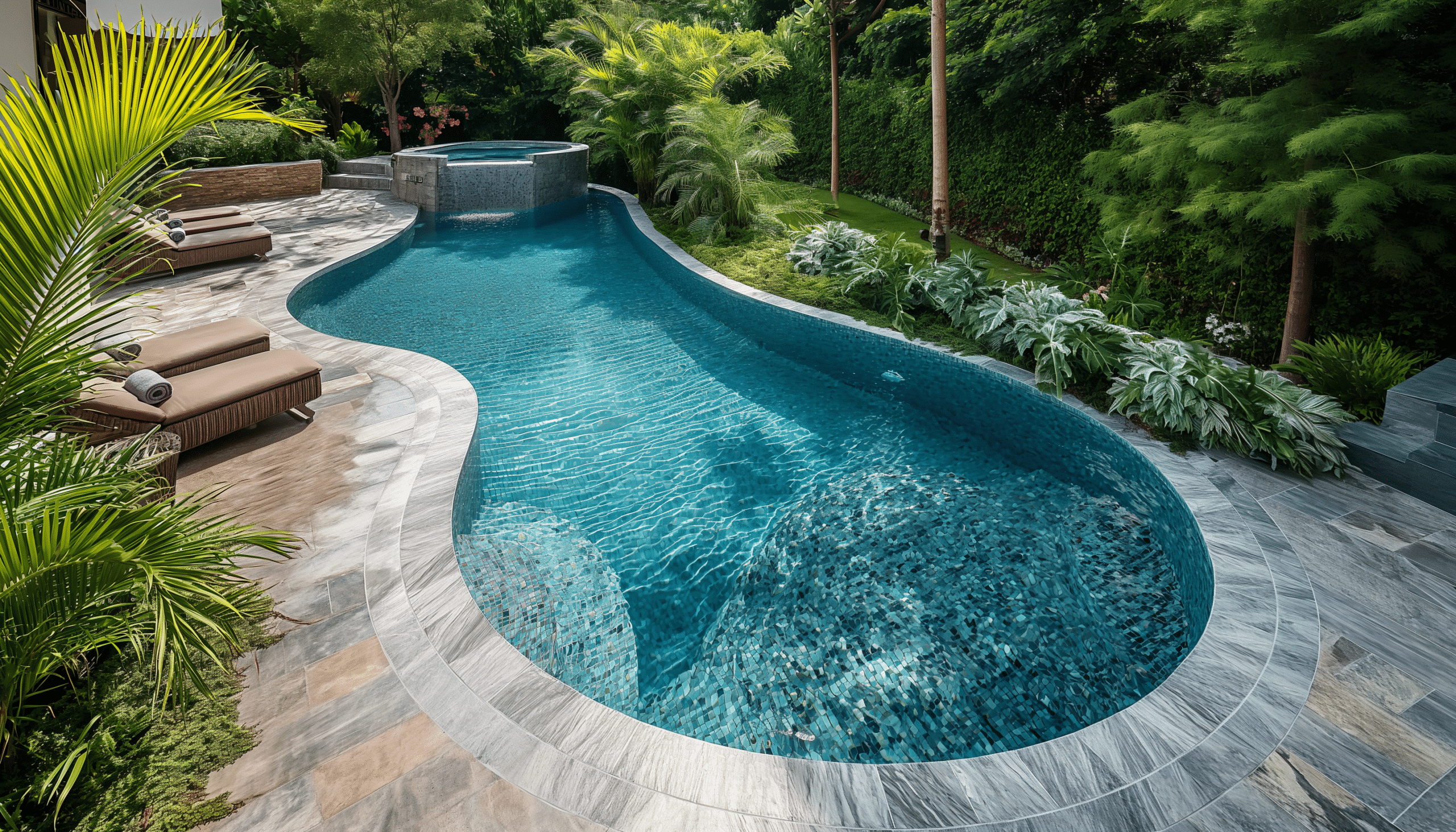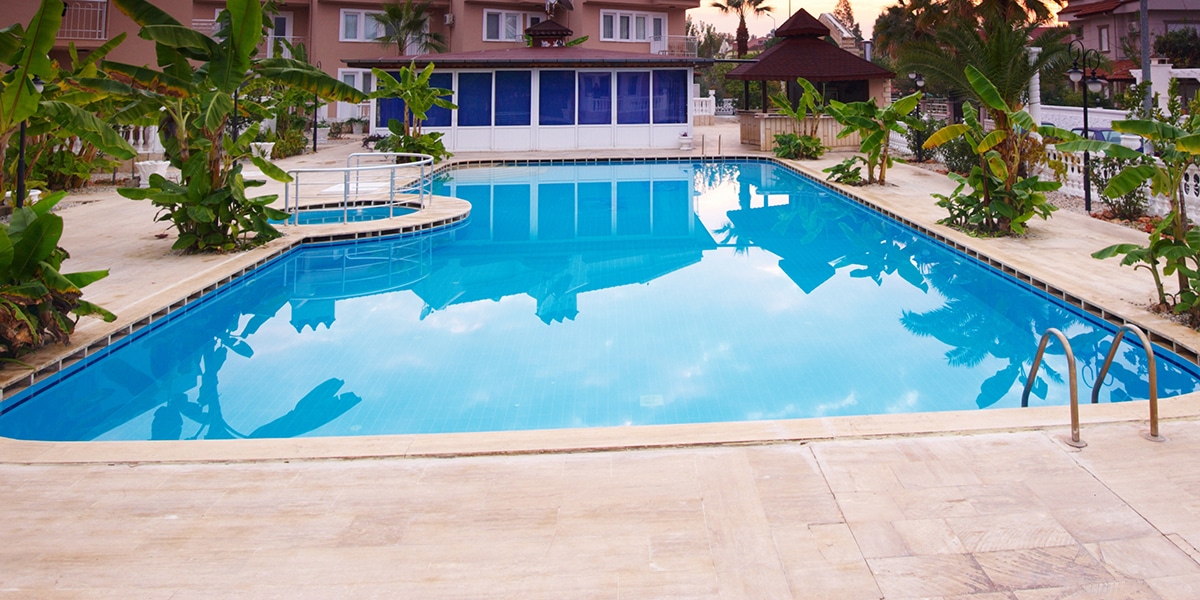Inground pools are a luxurious addition to any home, offering a private oasis for relaxation and fun. However, like any major home investment, understanding the lifespan of inground pools and the factors that influence their longevity is crucial. In this comprehensive guide, we’ll explore everything you need to know about the lifespan of inground pools, the maintenance required to extend their life, and the best practices for ensuring your pool remains a valuable asset to your home.

Understanding the Lifespan of Inground Pools
What Determines the Lifespan of Inground Pools?
Several factors contribute to the lifespan of inground pools, including:
- Material: The type of material used in the pool’s construction is a primary factor. Common materials include concrete, vinyl, and fiberglass.
- Climate: Weather conditions can significantly affect the pool’s durability. Harsh winters and extreme temperatures can cause wear and tear.
- Maintenance: Regular maintenance and proper care are essential to prevent issues that can shorten a pool’s lifespan.
- Usage: The frequency and manner of use can impact the pool’s longevity. Heavy use and improper handling can lead to faster degradation.
Material Breakdown
- Concrete Pools: Typically last 50+ years with proper maintenance. They are highly durable but require resurfacing every 10-15 years.
- Vinyl Pools: Generally last 20-30 years, though the vinyl liners need replacement every 5-9 years.
- Fiberglass Pools: Have a lifespan of 25-30 years. They are low-maintenance and less prone to algae growth compared to other materials.

Maintenance Tips to Extend the Lifespan of Inground Pools
Routine Maintenance
Regular maintenance is the cornerstone of extending the lifespan of inground pools. Here are some key practices:
- Weekly Cleaning: Skim debris, brush walls, and vacuum the pool to prevent buildup.
- Chemical Balance: Test water regularly and adjust chemicals to maintain proper pH, alkalinity, and chlorine levels.
- Filter and Pump Care: Clean and inspect the filter and pump system to ensure efficient operation.
Seasonal Maintenance
Seasonal changes require specific maintenance steps to protect your pool:
- Winterizing: Properly close the pool in winter to prevent freeze damage. This includes draining pipes, covering the pool, and adding winter chemicals.
- Spring Opening: When reopening the pool, clean it thoroughly, inspect equipment, and balance the chemicals.
Long-term Maintenance
- Resurfacing: For concrete pools, resurfacing every 10-15 years is crucial to maintain the surface’s integrity and appearance.
- Liner Replacement: For vinyl pools, replacing the liner every 5-9 years is necessary to prevent leaks and maintain aesthetics.

Common Issues and Solutions
Leaks and Cracks
- Detection: Regularly inspect for signs of leaks or cracks. Early detection can save significant repair costs.
- Repair: Depending on the severity, repairs can range from simple patching to professional resurfacing.
Equipment Failure
- Prevention: Regularly inspect and maintain pool equipment such as pumps, filters, and heaters.
- Replacement: Replace worn-out equipment promptly to avoid further damage.
Algae and Water Quality Issues
- Prevention: Maintain proper chemical balance and ensure good circulation.
- Treatment: Use algaecides and shock treatments as needed to address water quality issues.

Choosing the Right Pool Resurfacing Materials
Resurfacing is a critical part of maintaining the lifespan of inground pools, especially for concrete ones. Classic Marcite, a leading pool resurfacing company in Orlando and Jacksonville, offers various materials, each with unique benefits:
- Plaster (Marcite): A mix of white cement and marble dust. It’s durable and gives a classic look, typically lasting 7-10 years before needing a recoat.
- Pebble: Provides a natural look and is highly durable, often lasting up to 20 years.
- Tile: Offers a luxurious finish and is very durable, though more expensive.
- Fiberglass: A smooth, non-porous surface that resists algae and staining, often lasting 25-30 years.
Benefits of Different Materials
- Economical Options: Plaster is a cost-effective choice with good durability.
- Luxury Finishes: Tile and pebble finishes provide an upscale appearance and excellent longevity.
- Low Maintenance: Fiberglass surfaces require less maintenance and are easier to clean.
Cost Considerations
The cost of maintaining and resurfacing your pool can vary widely based on several factors:
- Material Choice: Different resurfacing materials come with different price tags.
- Labor: The complexity of the job and the expertise required can affect labor costs.
- Additional Services: Repairs, upgrades, and custom features can add to the total cost.
Budgeting for Pool Maintenance
- Annual Maintenance: Allocate a budget for regular maintenance tasks such as cleaning, chemical testing, and minor repairs.
- Resurfacing Costs: Plan for major resurfacing projects every 10-15 years for concrete pools, and liner replacements for vinyl pools.
FAQs About the Lifespan of Inground Pools
How often should I resurface my inground pool?
For concrete pools, resurfacing every 10-15 years is recommended to maintain the pool’s appearance and integrity. Vinyl liners should be replaced every 5-9 years.
What is the best material for pool resurfacing?
The best material depends on your budget and preferences. Plaster is economical, tile offers luxury, and fiberglass is low-maintenance and durable.
Can I extend the lifespan of my pool without professional help?
While regular DIY maintenance can help, professional services are essential for tasks like resurfacing, equipment replacement, and major repairs to ensure quality and longevity.
How do I know if my pool needs resurfacing?
Signs include rough surfaces, visible cracks, stains, and leaks. Regular inspections can help detect these issues early.
What affects the cost of pool maintenance?
Factors include the type of pool material, the complexity of maintenance tasks, regional labor rates, and additional features or services required.
Are fiberglass pools really low maintenance?
Yes, fiberglass pools are known for their low maintenance due to their smooth, non-porous surface, which resists algae and staining.
Conclusion
Understanding the lifespan of inground pools and the factors that influence it can help you make informed decisions about maintenance and upgrades. Regular care, choosing the right resurfacing materials, and addressing issues promptly are key to enjoying a beautiful and functional pool for years to come. For expert pool resurfacing and maintenance services in Orlando and Jacksonville, Classic Marcite is the trusted choice, offering a range of solutions tailored to meet your needs.
By following these guidelines and regularly maintaining your inground pool, you can ensure it remains a valuable and enjoyable part of your home. If you have further questions or need professional assistance, don’t hesitate to reach out to Classic Marcite for a free estimate and expert advice.

